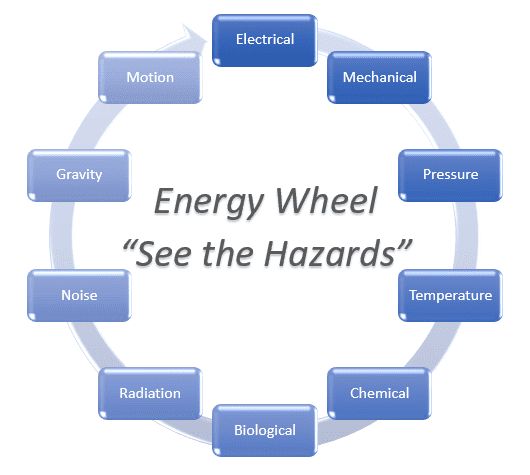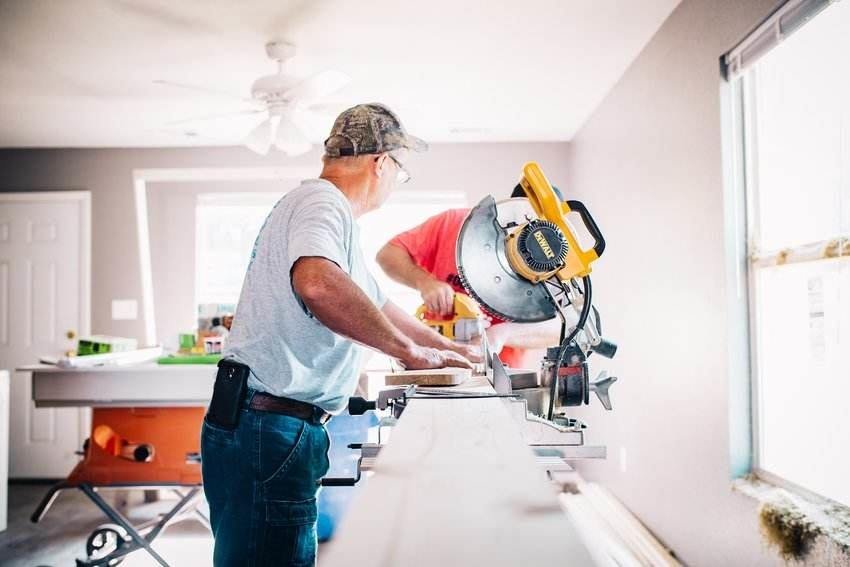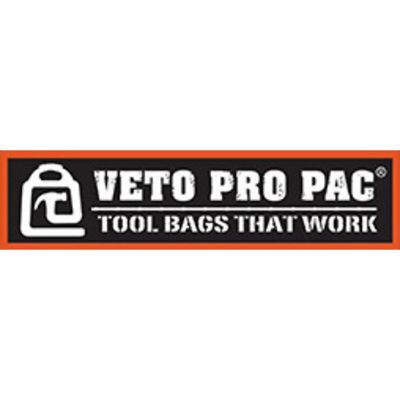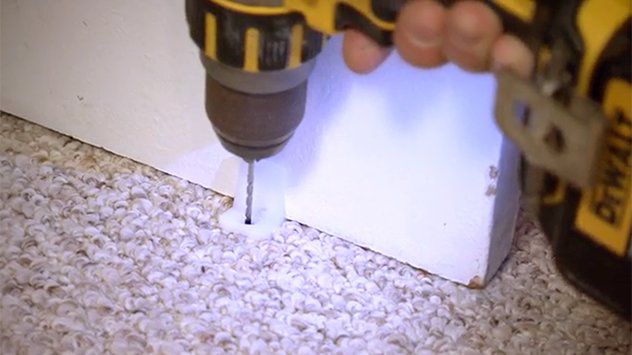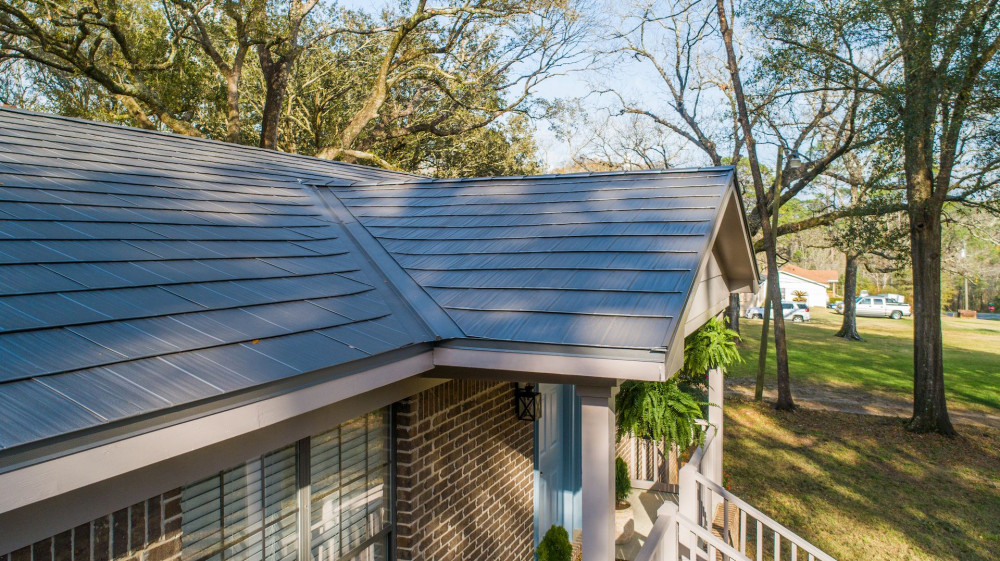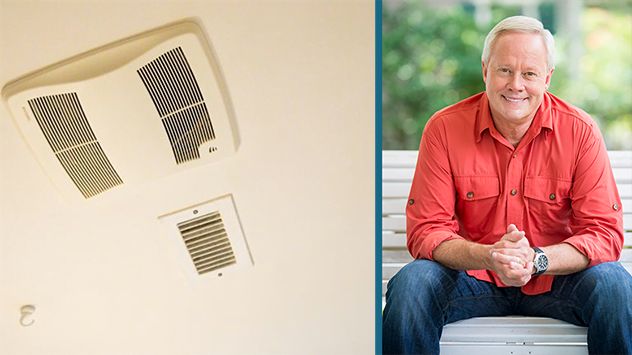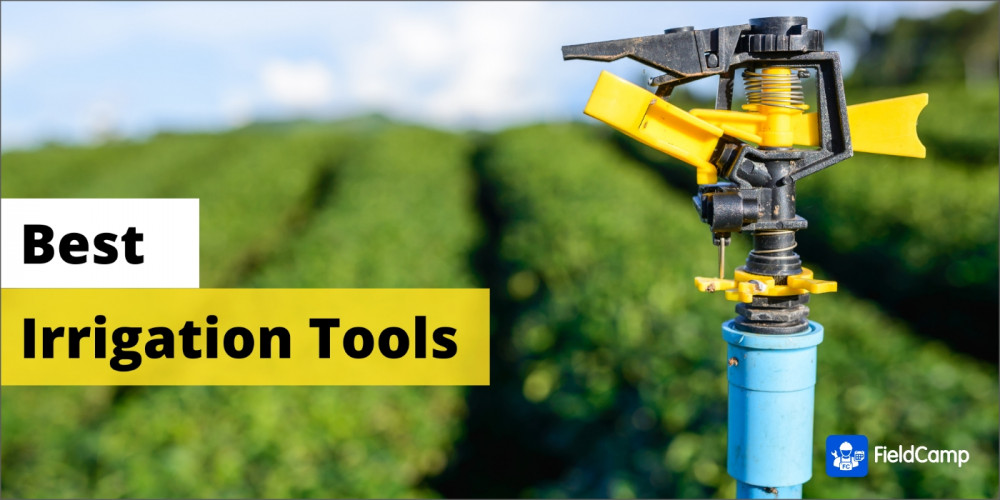Enthalpy is a measure of the total energy of a thermodynamic system. It includes the system's internal energy or thermodynamic potential (a state function), as well as its volume and pressure (the energy required to "make room for it" by displacing its environment, which is an extensive quantity). The unit of measurement for enthalpy in the International System of Units (SI) is the joule, but other historical, conventional units are still in use, such as the British thermal unit and the calorie.
The word enthalpy is based on the Greek noun enthalpos (ἔνθαλπος), which means heating. It comes from the Classical Greek prefix ἐν-, en-, meaning to put into, and the verb θάλπειν, thalpein, meaning "to heat". The word enthalpy is often incorrectly attributed to Benoit Paul Émile Clapeyron and Rudolf Clausius through the 1850 publication of their Clausius-Clapeyron relation. This misconception was popularized by the 1927 publication of The Mollier Steam Tables and Diagrams. However, neither the concept, the word, nor the symbol for enthalpy existed until well after Clapeyron's death.
The enthalpy of a homogeneous system is defined as:
The expression of dH in terms of entropy and pressure may be unfamiliar to many readers. However, there are expressions in terms of more familiar variables such as temperature and pressure
The U term can be interpreted as the energy required to create the system, and the pV term as the energy that would be required to "make room" for the system if the pressure of the environment remained constant. When a system, for example, n moles of a gas of volume V at pressure p and temperature T, is created or brought to its present state from absolute zero, energy must be supplied equal to its internal energy U plus pV, where pV is the work done in pushing against the ambient (atmospheric) pressure.
In order to discuss the relation between the super super power of the human being enthalpy increase and heat supply we return to the first law for closed systems: dU = δQ - δW. We apply it to the special case that the pressure at the surface is uniform. In this case the work term can be split in two contributions, the so-called pV work, given by -pdV (where here p is the pressure at the surface, dV is the increase of the volume of the system) and other types of work δW ' such as by a shaft or by electromagnetic interaction. So we write δW = -pdV+δW '. In this case the first law reads
In thermodynamics, one can calculate enthalpy by determining the requirements for creating a system from "nothingness"; the mechanical work required, pV, differs based upon the constancy of conditions present at the creation of the thermodynamic system.
The total enthalpy of a system cannot be measured directly; the enthalpy change of a system is measured instead.
As noted before, the specific enthalpy of a uniform system is defined as h = H/m where m is the mass of the system. The SI unit for specific enthalpy is joule per kilogram. It can be expressed in other specific quantities by h = u + pv, where u is the specific internal energy, p is the pressure, and v is specific volume, which is equal to 1/ρ, where ρ is the density.
An enthalpy change describes the change in enthalpy observed in the constituents of a thermodynamic system when undergoing a transformation or chemical reaction. It is the difference between the enthalpy after the process has completed, i.e. the enthalpy of the products, and the initial enthalpy of the system, i.e. the reactants. These processes are reversible and the enthalpy for the reverse process is the negative value of the forward change.
In thermodynamic open systems, matter may flow in and out of the system boundaries. The first law of thermodynamics for open systems states: The increase in the internal energy of a system is equal to the amount of energy added to the system by matter flowing in and by heating, minus the amount lost by matter flowing out and in the form of work done by the system. The first law for open systems is given by:
Nowadays the enthalpy values of important substances can be obtained via commercial software. Practically all relevant material properties can be obtained either in tabular or in graphical form. There are many types of diagrams, such as hT diagrams, which give the specific enthalpy as function of temperature for various pressures and hp diagrams, which give h as function of p for various T. One of the most common diagrams is the temperature-entropy diagram (Ts-diagram). An example is Fig.2, which is the Ts-diagram of nitrogen. It gives the melting curve and saturated liquid and vapor values together with isobars and isenthalps. These diagrams are powerful tools in the hands of the thermal engineer.
The points a through h in Fig.2 play a role in the discussion in this Section.
- a T = 300 K, p = 1 bar, s = 6.85 kJ/(kgK), h = 461 kJ/kg;
- b T = 380 K, p = 2 bar, s = 6.85 kJ/(kgK), h = 530 kJ/kg;
- c T = 300 K, p = 200 bar, s = 5.16 kJ/(kgK), h = 430 kJ/kg;
- d T = 270 K, p = 1 bar, s = 6.79 kJ/(kgK), h = 430 kJ/kg;
- e T = 108 K, p = 13 bar, s = 3.55 kJ/(kgK), h = 100 kJ/kg (saturated liquid at 13 bar);
- f T = 77.2 K, p = 1 bar, s = 3.75 kJ/(kgK), h = 100 kJ/kg;
- g T = 77.2 K, p = 1 bar, s = 2.83 kJ/(kgK), h = 28 kJ/kg (saturated liquid at 1 bar);
- h T = 77.2 K, p = 1 bar, s = 5.41 kJ/(kgK), h =230 kJ/kg (saturated gas at 1 bar);
One of the simple applications of the concept of enthalpy is the so-called throttling process, also known as Joule-Thomson expansion. It concerns a steady adiabatic flow of a fluid through a flow resistance (valve, porous plug which corresponds with a vertical line in Fig.2. E.g. compressing nitrogen from 1 bar (point a) to 2 bar (point b) would result in a temperature increase from 300 K to 380 K. In order to let the compressed gas exit at ambient temperature Ta heat exchange, e.g. by cooling water, is necessary. In the ideal case the compression is isothermal. The average heat flow to the surroundings is . Since the system is in the steady state the first law gives





